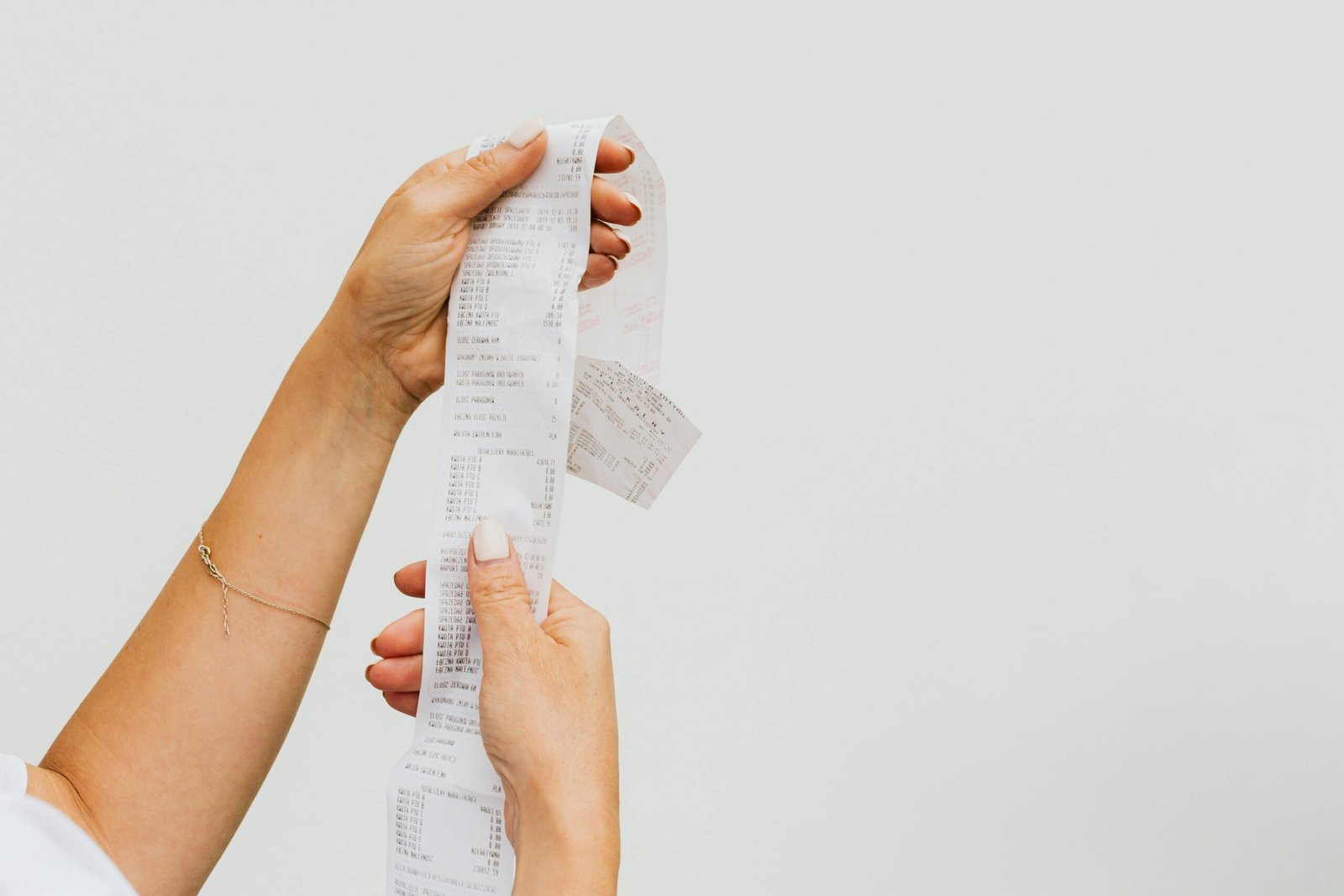Ever wondered why some teens retire young while others are stuck in a financial rut? The answer is simpler than you think: compound interest. Yes, this magical money-making machine doesn’t just exist in textbooks or Warren Buffett biographies—it’s something even teenagers can harness when they start early with youth savings accounts.
In this post, we’ll explore how compound interest can turn your teen’s small allowance into a life-changing nest egg. You’ll learn what compound interest is (if you don’t already know), actionable steps for setting up a youth savings account, tips to maximize its benefits, and real-world examples of young savers who crushed it. Oh, and don’t worry—we’ve got FAQs covered too. But first, buckle up because I’m about to drop a stat that’ll make you want to grab your kid’s piggy bank right now.
Table of Contents:
- What Is Compound Interest?
- How to Set Up a Youth Savings Account
- Tips for Maximizing Compound Interest Benefits
- Real-World Examples of Teens Crushing It
- Frequently Asked Questions
Key Takeaways:
- Compound interest allows earnings to grow exponentially over time by reinvesting both principal and accrued interest.
- Youth savings accounts help kids build strong financial habits early on while leveraging compounding power.
- Consistency is key—starting small today beats waiting for tomorrow.
- Choosing the right account involves comparing APY rates, fees, and withdrawal flexibility.
What Is Compound Interest?

Think of compound interest as the ultimate sidekick in your child’s journey toward financial freedom. Unlike simple interest, which earns based only on the initial deposit, compound interest earns on both the original amount AND any previously accumulated interest. Translation? Your money grows faster without lifting a finger.
“Optimist Parent:* ‘This could pay off big-time!’
Grumpy Budgeter:* ‘Yeah, but only if snacks are cut from the shopping list.'”*
The formula for calculating compound interest looks scary, but here’s the gist:
A = P * (1 + r/n)^(n*t)
(Don’t panic—it gets easier later!) For example, starting with $500 in a high-yield youth savings account earning 3% annually means doubling that sum within ~24 years—just by sitting there. Not bad for doing absolutely nothing.
How to Set Up a Youth Savings Account

So, ready to set one up? Here’s how to do it step by step:
- Research Banks or Credit Unions: Look for institutions offering youth-specific accounts with no monthly fees or minimum balance requirements. Check out this guide for top options.
- Gather Documents: Typically, you’ll need proof of identity (e.g., social security card) and parental consent forms.
- Compare Rates: Prioritize Annual Percentage Yield (APY). A fraction of a percent difference may not sound like much now, but trust me—it adds up.
- Open Online or In-Person: Most banks let you apply via their website or mobile app. Alternatively, visit a branch to get hands-on guidance.
Terrifyingly straightforward, isn’t it? Yet so many parents overlook these accounts because “college feels far away.” Spoiler alert: it sneaks up fast!
Tips for Maximizing Compound Interest Benefits

Let’s dive deeper into strategies to squeeze every last penny out of compound interest:
- Start Early: Seriously, start NOW. Even birthdays and holiday cash should go straight into the account. Time is your secret weapon.
- Prioritize Higher-Yielding Accounts: Don’t settle for whatever bank pitches at you. Use resources like NerdWallet to find competitive offers.
- Automate Deposits: Automate transfers from checking to savings each month. Out of sight, out of mind—and effortlessly growing.
- Educate Your Kids: Teach them WHY saving matters. Share stories of people who started young (like Jaylen Bledsoe, an entrepreneur worth millions before he turned 18).
*Pro Tip (or Terrible Advice Alert): Never skimp on sleep or meals to save more unless you hate living.* Kidding aside, prioritize mental health alongside money goals.
Real-World Examples of Teens Crushing It
Meet Rachel—a savvy 16-year-old who turned her babysitting gigs into a thriving portfolio thanks to a youth savings account. She started with $50 per month and consistently added babysitting funds while researching higher-APY accounts. Fast forward three years, her balance stands at nearly $10,000—including earned interest!
And then there’s Alex, whose family contributed birthday checks annually into his account since age 7. By 19, he had enough saved for a down payment on a car—all thanks to compound interest magic.
It sounds almost fictional… but it’s absolutely attainable with disciplined habits.
Frequently Asked Questions
Can kids open a youth savings account themselves?
Nope! Parents or guardians must co-sign until the child turns 18, ensuring proper oversight.
Are youth savings accounts FDIC insured?
Yes, many accounts are backed by federal insurance programs like the FDIC or NCUA, protecting up to $250,000 per account.
Will a youth savings account affect my credit score?
Nope! Since these accounts don’t involve loans or credit lines, they won’t impact credit reports directly. However, good savings behavior sets excellent lifelong practices.
Conclusion
We’ve uncovered the truth behind the hype: compound interest truly is the unsung hero of personal finance, especially for youth savings accounts. With careful planning, consistent contributions, and smart choices around APYs, anyone—even teenagers!—can watch their hard-earned dollars multiply effortlessly.
TL;DR? Start early, stay consistent, and never underestimate the power of letting your money work for YOU. Now excuse me while I grab another coffee—figuring all this out deserves a treat!
Like a Tamagotchi, your savings need daily attention. Feed it wisely!


